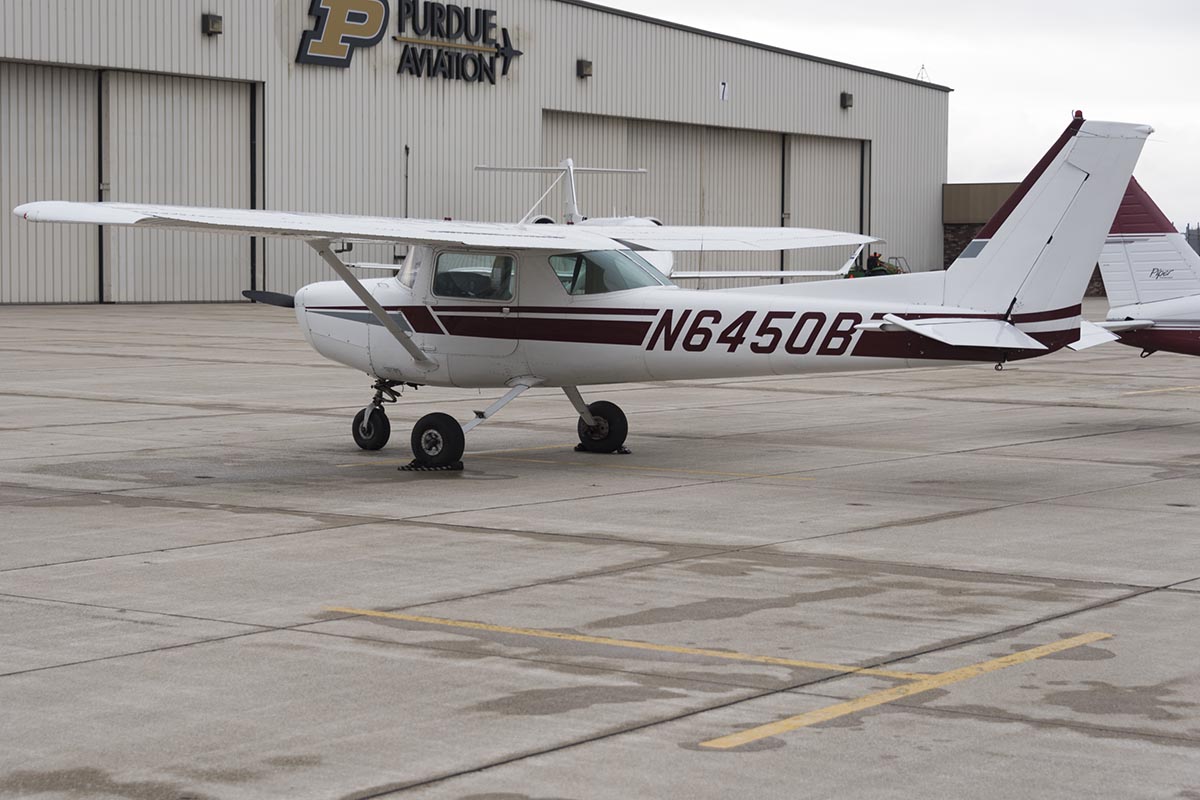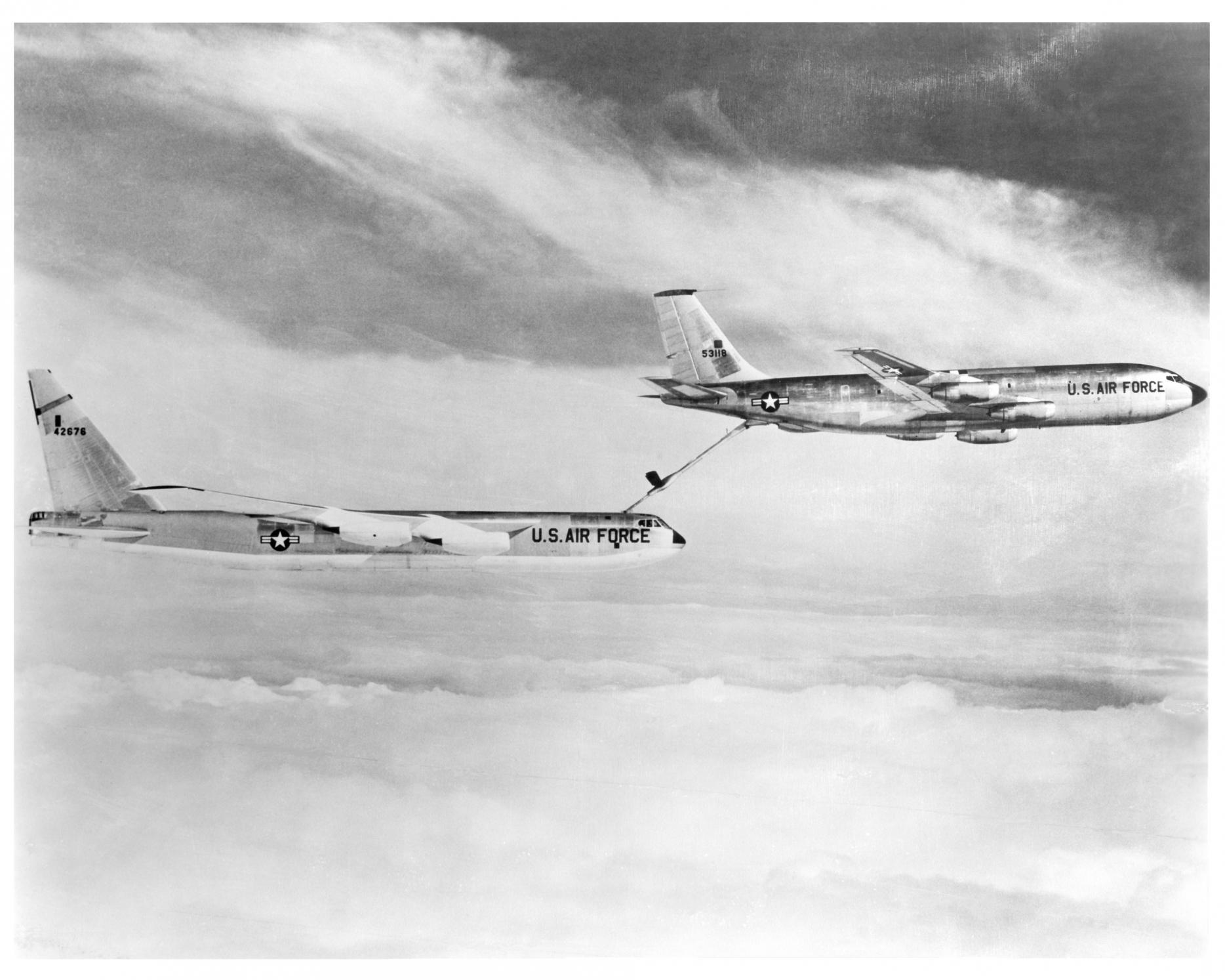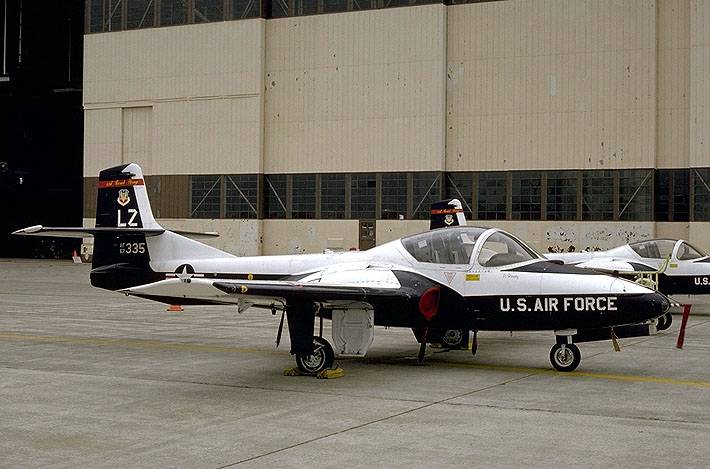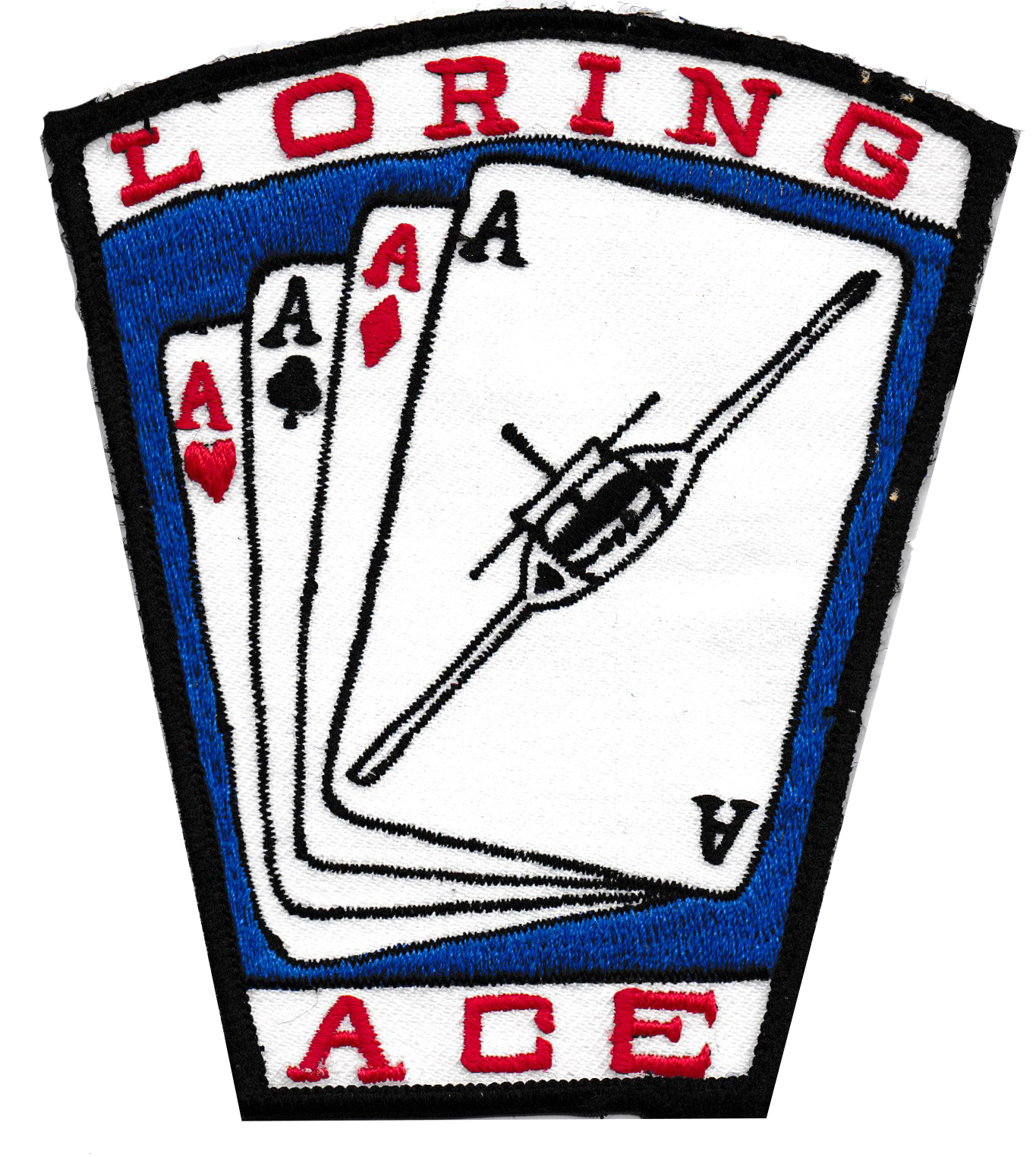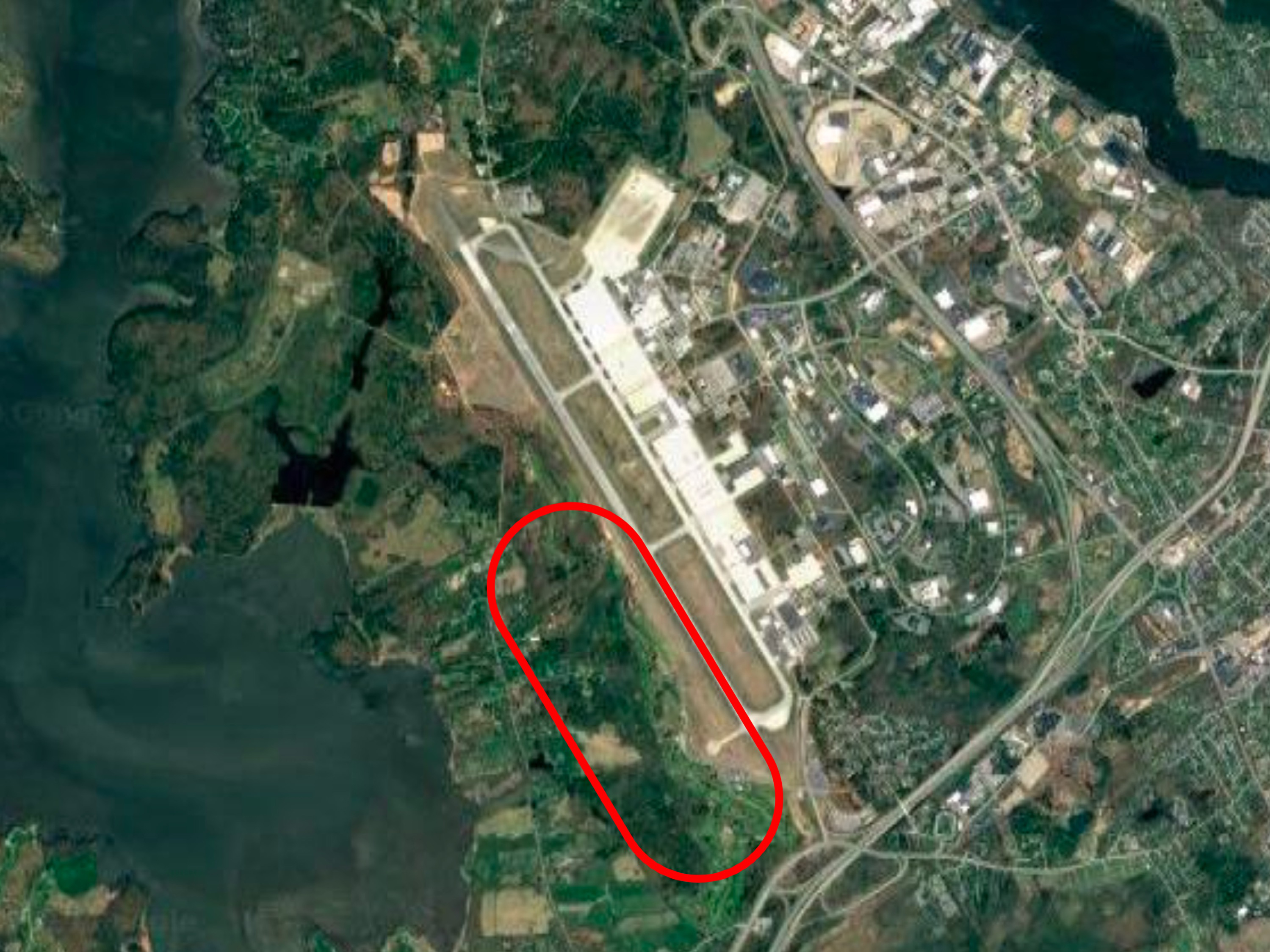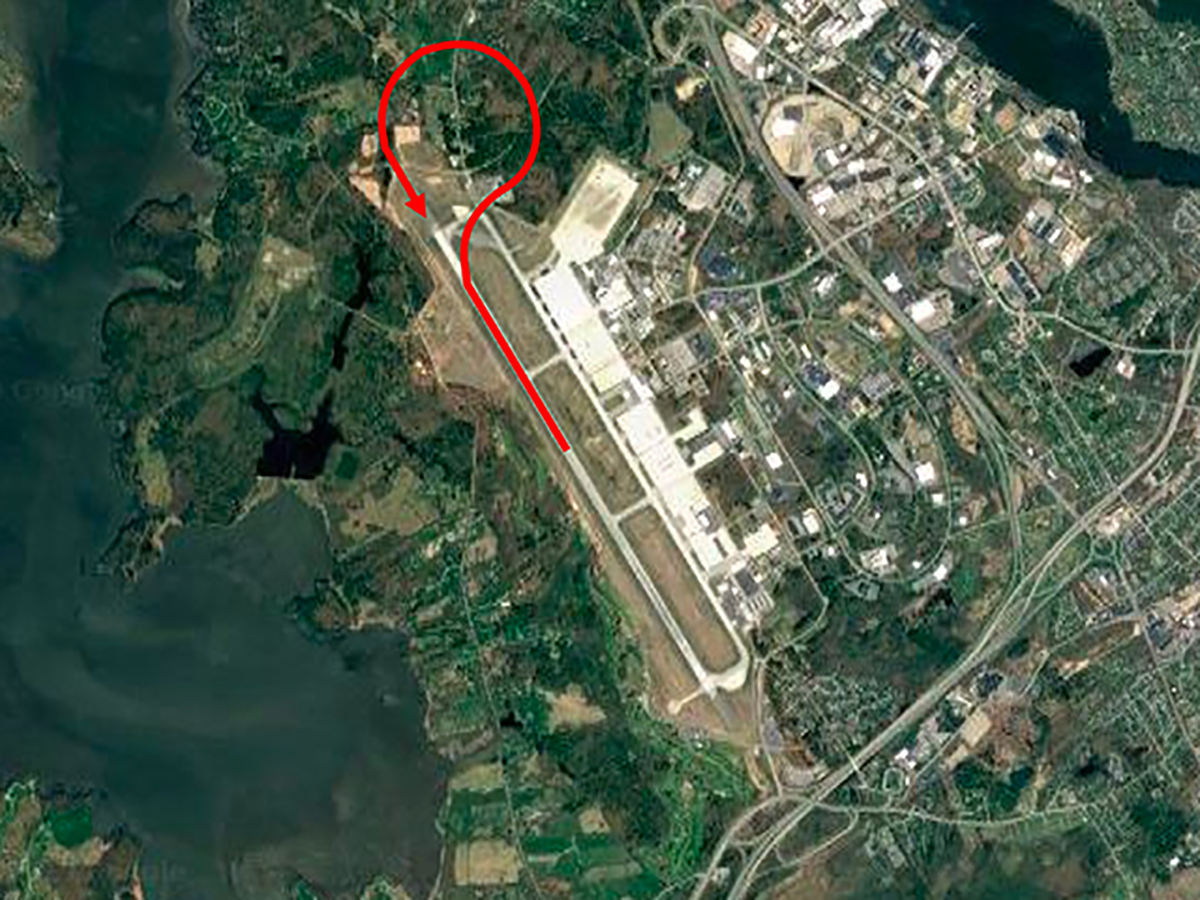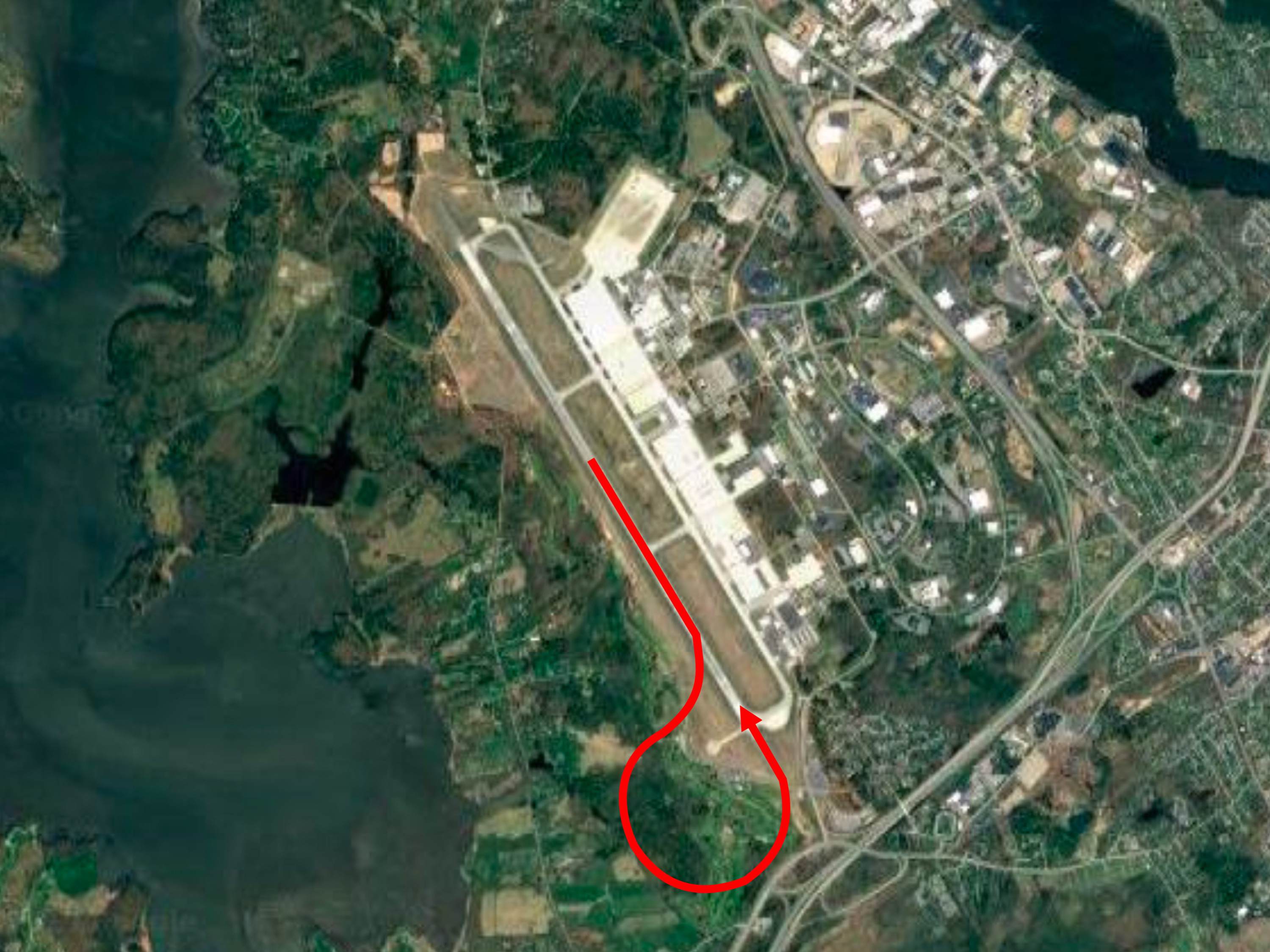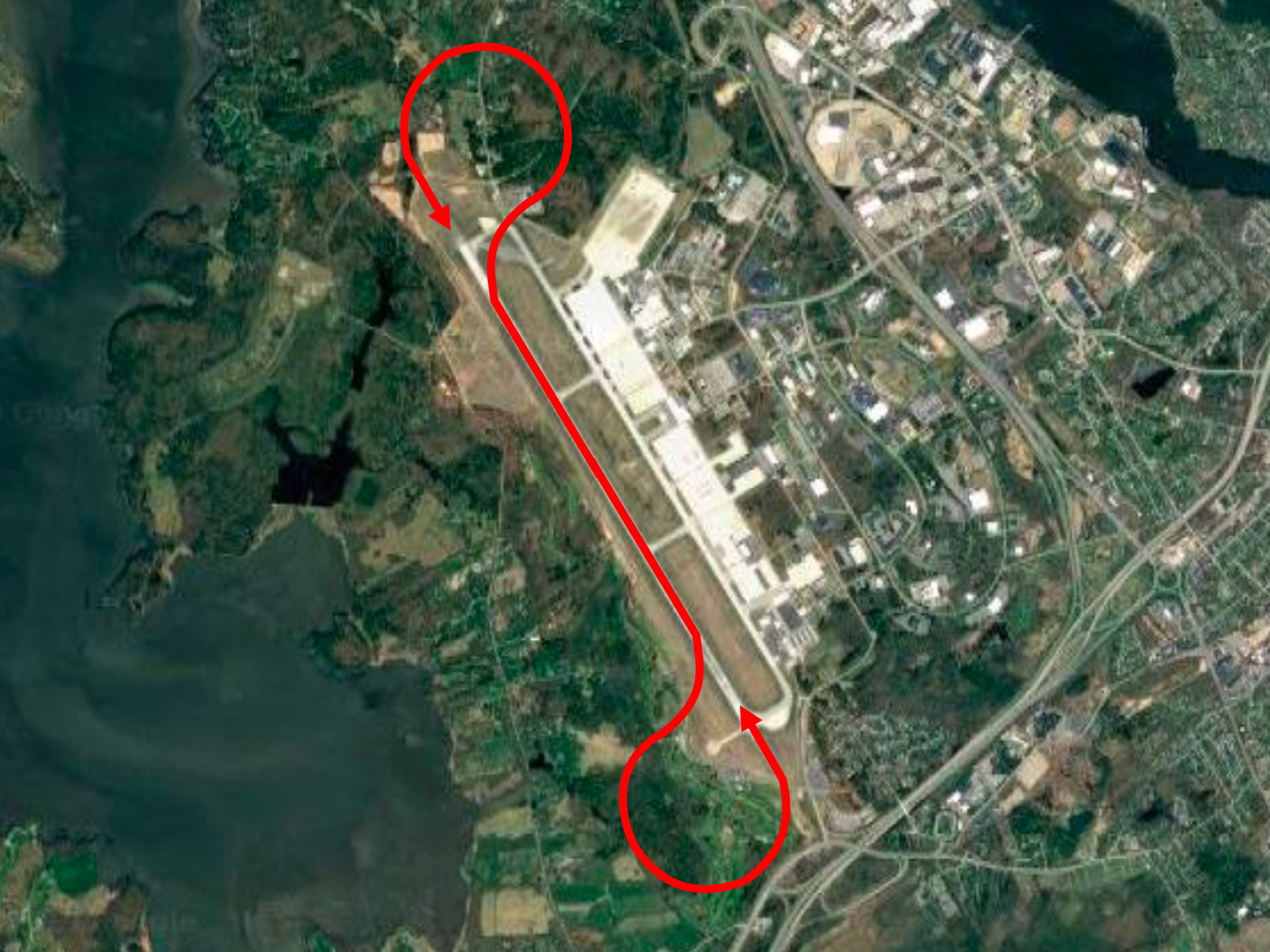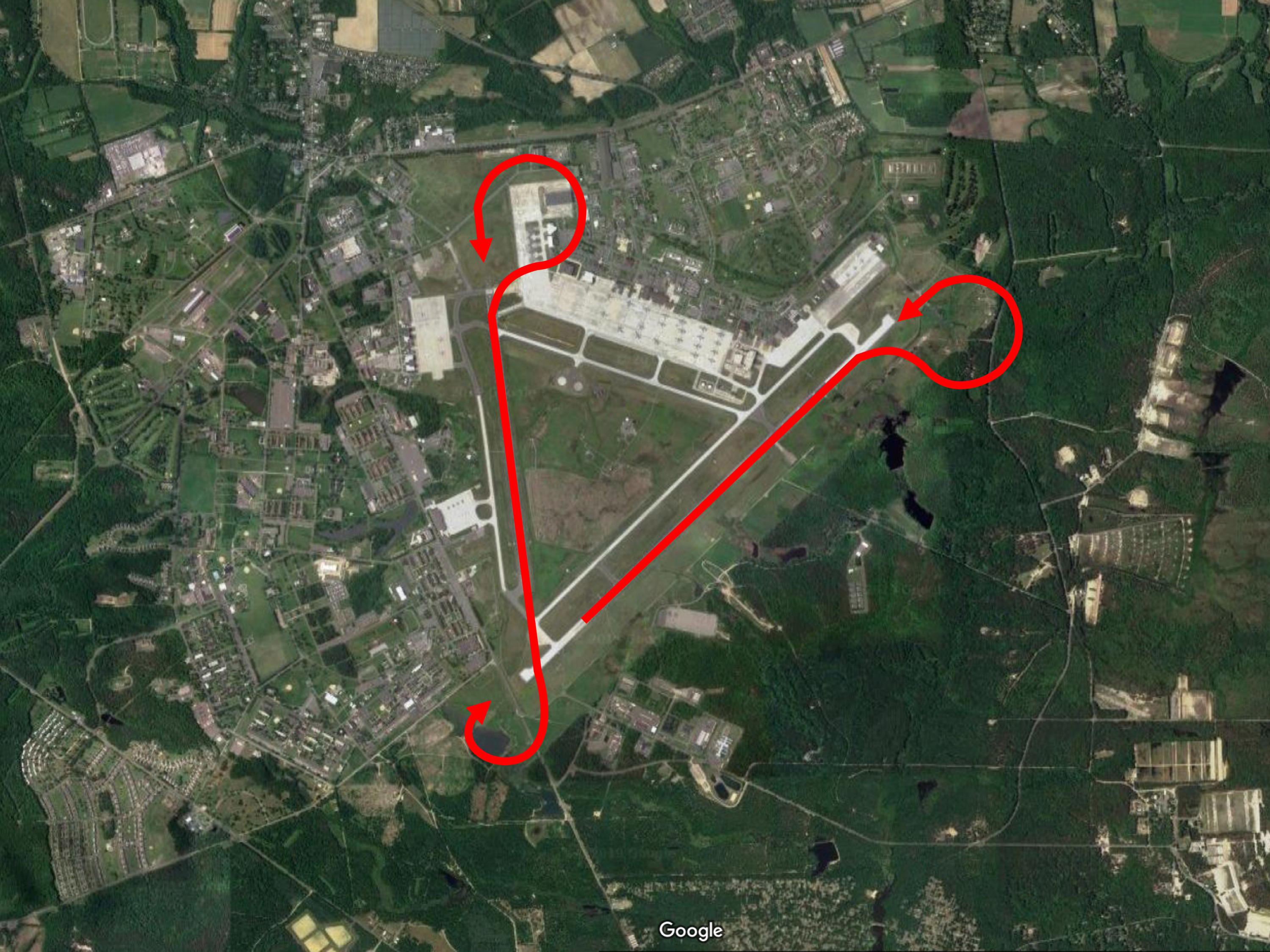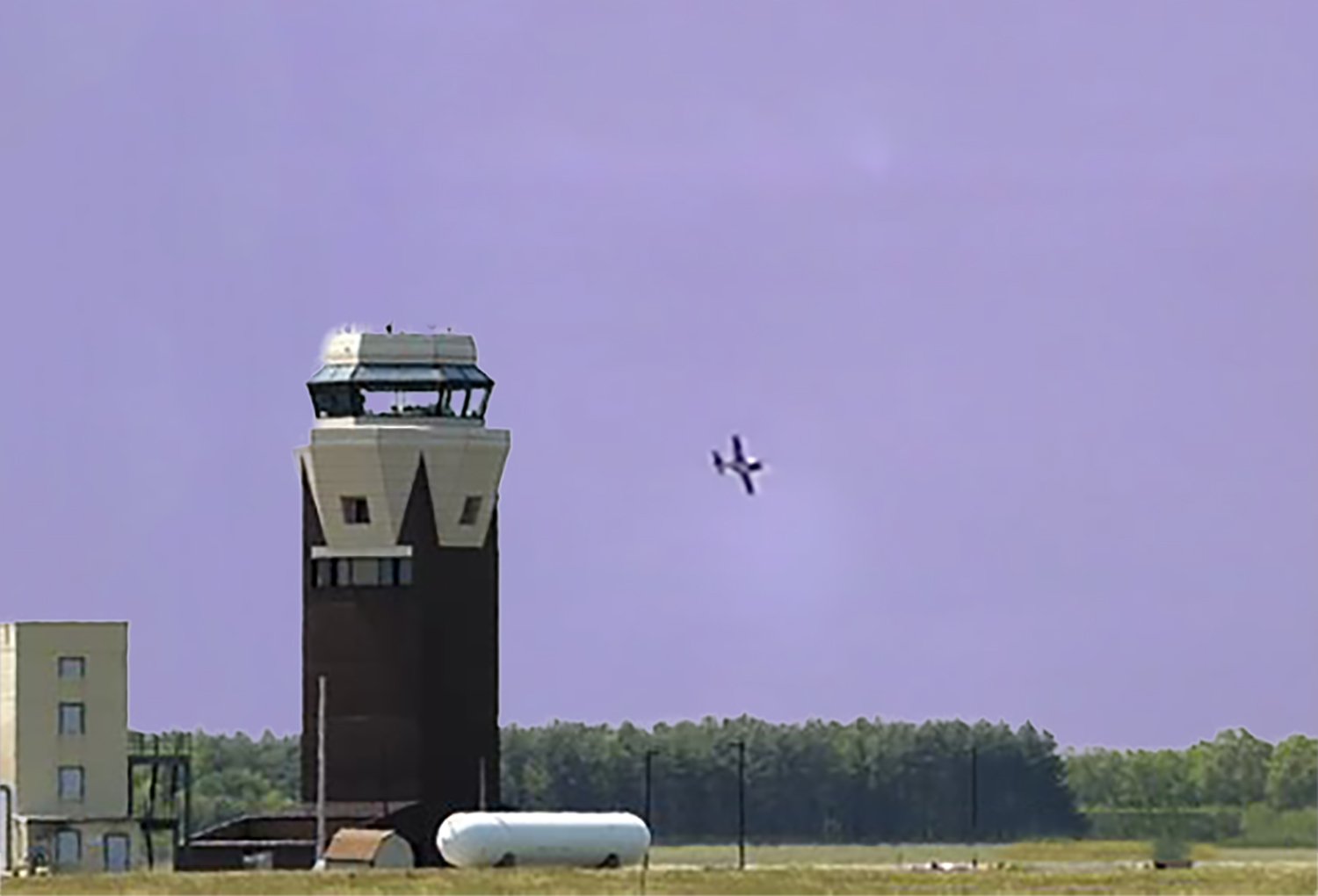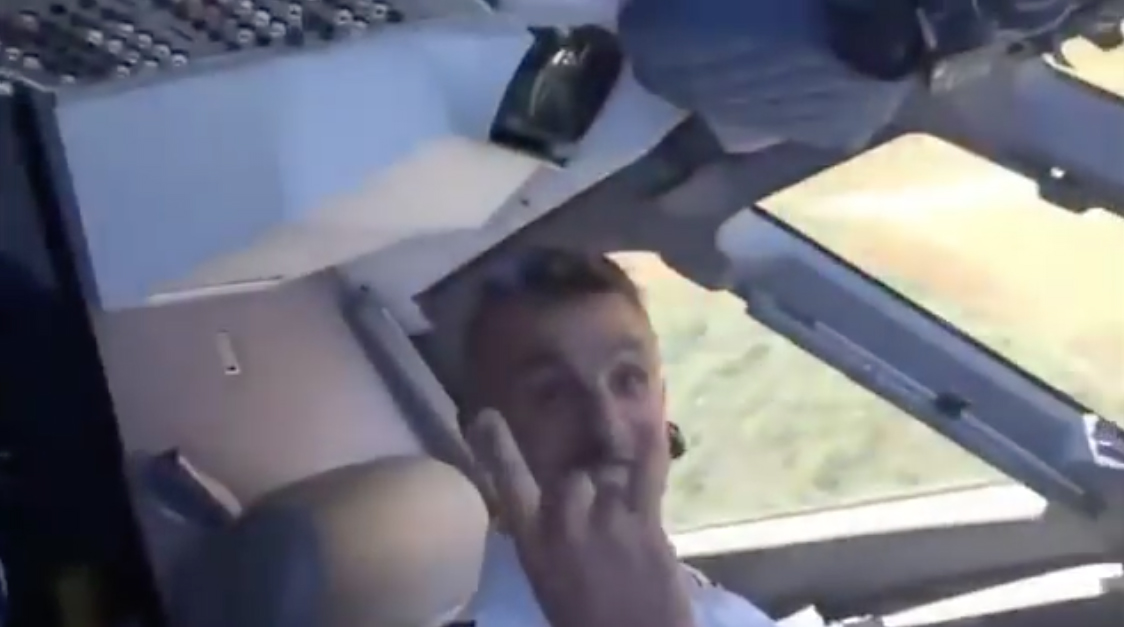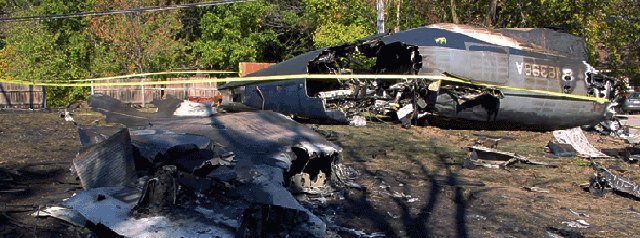As I write this I am almost 64 years of age and I am writing about something that I did when I was almost 24. In the forty years that have passed I have seen many other pilots engage in what I call "stupid pilot tricks" and have had a daughter and son survive that age.
— James Albright

Updated:
2019-05-12
Although my sample size is limited, it seems to be a problem exclusively with males. And it seems to be a problem that happens in a male pilots in their early twenties. So here is my brush with being guilty of stupid pilot tricks.
A personal story . . .
When we start flying, every experience is a new one and every lesson is important. For me, that experience started with 25 hours in a Cessna 150. As an Air Force ROTC cadet, I had a pilot training slot and the Air Force paid for those 25 hours to see if I had some basic air sense. I remembered wanting more than anything to survive this program flying the airplane that was not much larger than my car so I could move on to jets.
Here I am, forty-three years after the Cessna 150, having survived that and forty-one years after getting my wings as an Air Force pilot. Over the years I’ve picked up a lot of survival lessons that I could list here and simply say: do these, live long and prosper. But I have also noticed that we pilots learn better when presented with a “There I was” story. So that’s what I want to do today.
I got my 25 hours and figured out how to fly the basic private pilot maneuvers, but I still didn’t think of myself as a pilot. I got my degree as an engineer, my commission as a second lieutenant, and went on to pilot training. 182 hours later I got my wings and started to think of myself as a real, genuine, fire-breathing pilot trained to kill people and break things. The Air Force knocked my ego down a notch by putting me in the right seat of a KC-135A tanker. Not so much a pilot anymore, but a copilot.
This was in post-Vietnam 1979 when the Air Force settled into theoretical war where the fighters trained in VFR conditions, the airlifters mimicked the airlines, and the tankers and bombers of the Strategic Air Command did very little other than sit in bunkers waiting to end life on earth as we knew it. That was bad news for copilots because there wasn’t a lot of flying to be had.
A peer mentor
The other thing that happened in the post-Vietnam Air Force was that we found ourselves with way too many training aircraft. At the height of the Vietnam War, the Air Force was churning out 3,500 pilots a year and losing a greater number to the war, training accidents, and the airlines. I guess if I were to order those by number of losses, the primary factor was the airlines, followed by training losses, followed by the war. The year I got my wings, the Air Force throttled back to barely 500 pilots a year. So, the Air Training Command, ATC, what we called the “American Toy Company” had too many airplanes.
In a rare act of brilliance, the Air Force loaned many of those trainers to the Strategic Air Command for the purpose of seasoning us copilots in a program they called ACE, the Accelerated Copilot Enrichment program. That’s how I found myself in the northern tip of Maine at Loring Air Force Base, logging almost as much time in the T-37 as I was in the tanker. Of course, my time in the tanker was 5 to 15 hours per flight; in the Tweet it was 1.3 to 2.0. I got pretty proficient in the T-37. That airplane taught me how to fly, and more importantly, it taught me how not to fly.
There is an old saying in aviation that you are at greatest risk of complacency when you get to 100 hours of flying time, then every 100 hours until 500 hours. If you survive to that point, you seem to be okay until 1,000 hours, then every even thousands of hours until about 5,000 hours. I think the rationale behind this is that we tend to get comfortable and then cocky, we scare ourselves back to rationality, but then the process repeats itself.
Of course, things are accelerated as an Air Force pilot. I was at 100 hours in pilot training and the training was fairly intense, so there wasn’t much chance for complacency. By the time I got to the T-37 the second time, I had about 500 hours in my logbook and was just about ready to demonstrate just how stupid I could be. But it wasn’t my fault.
If you give a 24-year old kid the keys to a fully aerobatic jet with very little supervision, you should expect some foolishness along the way.
The expressed purpose of the program was for us copilots to gain IFR experience and lots of VFR pattern work. If you fly an hour from Point A to Point B, you usually had enough time left over to trade touch and go landings for about 20 minutes. Looking at my logbook in my early ACE days, I would see something like Loring AFB, Maine to Pease AFB, NH, 1.5 hours with four landings at Pease. Just a year later, I was doing the same hop with ten landings. How was this possible?
The standard pattern for an Air Force jet like a T-37 is to fly right over the runway about a thousand feet off the deck at 200 knots or higher if the airframe required it. At the departure end you roll into 60 degrees of bank and pull 2 Gs for a level flight turn to downwind and for your base turn you let the nose drop, roll as necessary to end up on final ready to land. You could also do something called a “midfield closed” where you did the turn to downwind halfway down the runway.
For a touch and go landing, if the tower could fit you in, you asked for a closed pattern in which case you pitch up to climb rapidly, and roll right onto downwind. The idea was you could get a lot of traffic pattern work using only a small amount of real estate and in very little time.
We had the pattern to ourselves one day and my favorite ACE compatriot, let’s call him Burnie because that was his name, flew the first touch and go to runway 34. The standard was for one pilot to fly the touch and go, get the airplane off the ground at 100 feet or so and say “you got it.” I keyed the mic and said, “request closed,” which tower approved. I pitched the airplane up about 60 degrees of pitch and bank, leveled on downwind, turned a tight base for a by-the-book “closed pattern.” After the touch and go and at 100 feet I said, “you got it back.”
Burnie asked tower, “request 90 degrees right, 270 degrees left for a touch and go Runway 16.” Tower said, “approved as requested.” We were just a hundred feet off the deck and Burnie snapped the airplane into a 90-ish degree bank turn to the right and pulled about 5-Gs. Once we were 90-ish degrees off heading he rolled wings level and pulled up to 90-ish degrees of pitch. As the airplane started to mush he kicked left rudder, got the nose on the horizon, rolled out, and that left us in perfect position to begin another base turn. After the touch and go he said, “your airplane.” Guess what I did.
I thought that was pretty neat. But it wasn’t my fault. My wife is a retired nurse and she tells me that we males do not fully develop the prefrontal cortex of our brains until age 25 or 26. I was 24 at the time. So that begins the one-year period of my life where the 90/270 was my preferred way of spending a calm wind day.
Along the way nobody questioned how it was we could get triple the number of landings for the same amount of fuel. Our commanders were happy we were flying the airplane and we were having fun. It was perfect.
That is until one Sunday morning we found that we had the pattern at McGuire AFB to ourselves. It is true that Burnie came up with the 90/270. But I came up with the 90/270/240/90/270. I remember a feeling of, let’s call it, very strong concern, the first time Burnie flew that 5-G turn just 100 feet off the deck and was looking for an opportunity to allow him to feel the same level of “concern.” So, after five or six trips around the pattern, I flew a touch and go to runway 36 and gave him the airplane. He did a 90 right, followed by a 270 left, then touch and go on runway 18 and said, “you got it.” I keyed the mic and said, “request continuous 240 right, runway 6.” Tower approved my request, I rolled about 60° of bank and flew a 5-G, increasing altitude turn, getting the gear and flaps as speed permitted, and found myself on final to runway 6 after having never flown higher than a few hundred feet.
“That was neat,” was all Burnie said. And we spent the rest of our fuel never flying higher than the tower. "Gear down, full stop," I said after the fuel was as low as the published tolerance of the gauge.
"Cleared to land," tower said. "And behalf of everyone in the tower, thanks for the air show. You guys never once climbed above the height of the tower. It was great."
We were rather pleased with ourselves, especially when we pulled into the transient ramp and the sight of five line guys standing at attention, clapping. "Got to like that," I said. Burnie took off his helmet and I could see a huge grin. But then the grin disappeared and the line guys scrambled. I turned my head and saw the reason. A blue and white sedan pulled up with a colonel in the driver's seat. He got out of the car and glared at us. I was in the left seat so his gaze was fixed on me. I unstrapped from the ejection seat, took off my helmet, and stepped out of the jet.
Burnie and I faced the McGuire AFB wing commander together, two first lieutenants getting read the riot act from a colonel. Most of what he said focused on professionalism and an Air Force prohibition on aerobatic flight that would endanger the public. But he also mentioned the possibility of an engine failure while we were that low to the ground outside of the ejection envelope. I hadn't thought about that. Burnie took the left seat for the ride home and got the first 90/270 in the pattern. His turn was to the right so it was me on the bottom side of the airplane as we pulled our 5 G's just a hundred feet off the deck. When it was my turn I managed to grunt out a sentence under the G load with Burnie in the left seat just above the tree tops.
"If we lose the left engine right now," I asked, "what happens?"
"We both die," he said. "But me first."
I think right about then I felt something in my prefrontal cortex and we stopped the 5-G turns at 90-ish degrees of bank just a hundred feet off the deck.
Of course, I’ve had a few other brushes with stupidity but after a while I realized that I should always do things for a reason.
I tend to write about these lessons and after a while I framed the reasons with the phrase: legal, moral, ethical. You can just as easily substitute ”defensible, explainable, and reasonable.”
So did we have a reason for the 90/270s? Yes, it was fun. But our 90/270s obviously violated a host of Air Force regulations so they were not legal or defensible. Did we have a better reason besides fun? Yes, we thought the 90/270 was an excellent way of developing superior stick and rudder skills that carried with it a risk we were willing to take. But we failed to realize others were sharing the risk if we lost an engine or had another issue that would leave the airplane’s wreckage splattered over a congested area. The risk was neither moral nor explainable. And for both of these issues, our actions were neither ethical nor explainable.
A couple of examples . . .
If this was a problem confined to young males lacking fully developed prefrontal cortexes that would be bad enough. But these “stupid pilot tricks” are not confined to that age group. Here’s an example.
For the video: Falcon 900LX Low Pass
But these guys got away with it, just as Burnie and I did. Not everyone is as fortunate. Consider the case of Pinnacle Airlines Flight 3701.
On October 14, 2004, two pilots were tasked with bringing an empty CRJ from Little Rock, Arkansas to Minneapolis, Minnesota on a flight plan the company filed at Flight Level 330. The pilots decided it would be a good day to join what some at that airline called the “Four One Oh Club,” reserved for pilots who made it up to that altitude.
Most of this case study is just sad. The pilots didn't understand that just because you have the thrust to climb to an altitude doesn't mean you have the thrust to hold the altitude given temperature changes at high altitude. They didn't understand that a swept wing airplane doesn't necessarily stall with the clean nose drop of many straight wing airplanes. They didn't understand the need to break the stall with an aggressive decrease in the wing's angle of attack. They didn't understand engine restart procedures for their aircraft. But most of all, they didn't understand the discipline required to fly professionally. They stalled the airplane, flamed both engines out, failed to restart the engines and crashed. Fortunately, they didn’t take anyone with them, either in the airplane or on the ground.
There is an old-fashioned insult that goes like this: “His only purpose in life was to serve as an example to others on how not to behave.” Perhaps that was the case with these pilots. As a result of this episode, the FAA changed the way stall recoveries are taught and Canadair improved documentation of the CRJ’s engine’s tendency to core lock at low speeds and high altitude.
This crew was nominated for a Darwin Award in 2004 and rightfully so. It is probably true they never stopped to think if the reasons behind the Four One Oh club were legal, moral, or ethical. But we as an industry failed to teach them that. I believe telling their stories as well as personal stories of nearly equal stupidity, such as my 90/270 escapades, do a better job of instilling this kind of discipline. Certainly better than a simple slide during an indoctrination class. More about this accident: Case Study: Pinnacle Airlines 3701.
Mentor / Mentee
It's easy to point fingers at these examples of young foolish men — it seems to be a male problem — in each of these examples. You might be charitable to me and say that my friend Burnie corrupted me, but I was a willing accomplice. I look back at this episode and credit Burnie for teaching me a few things. First, I am vulnerable to the temptations. Second, like him, I can learn from my mistakes. Though he was just a year older than me, he became a mentor who taught me that in airplanes, as in life, you should do everything for a reason.

